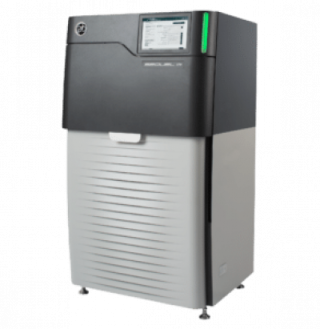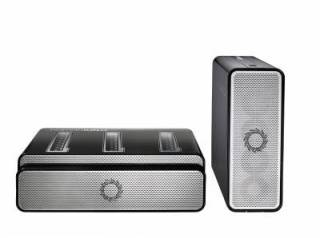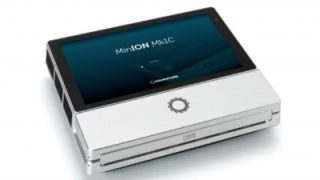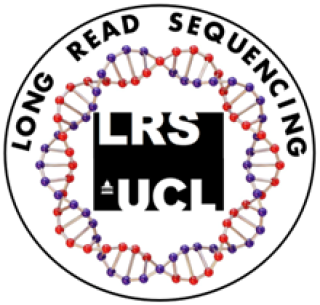Sequencing platforms
Each project begins with a consultation stage, in which we will suggest which pipeline would be best for your project – from which sequencing platforms to use, to optional steps we can take in order to optimise your library preparation. Our facility is a very well-equipped molecular genetics laboratory with several options for sequencing platforms. For more detail on the platforms currently available, see below.PacBio (Sequel IIe)
Sequel IIe from Pacific Biosciences uses Single Molecule Real Time (SMRT) technology. It has been optimised for generating highly accurate long reads known as HiFi reads. PacBio's platforms are based on Single Molecule, Real-Time (SMRT) sequencing and are used worldwide on a huge variety of research projects. HiFi reads are >99.9% accurate and are ideal for de novo genome assembly, transcriptome investigations and the detection of variants – from single nucleotide variation to structural variants. Our system can produce reads up to 175 kbp in length and the Sequel II instrument can generate up to 160 Gbp (Continuous Long Reads) or up to 500 Gbp (HiFi/ CCS reads) per SMRT cell. For more information on the Sequel IIe and SMRT sequencing, please take a look at the PacBio website: https://www.pacb.com/products-and-services/sequel-system/latest-system-release/

Oxford Nanopore Technology
PromethION 24
PromethION is a scalable long-read sequencing platform from Oxford Nanopore Technologies using nanopore sequencing with real-time base calling. Up to 24 flow cells can be run independently, and dependent on the sample and library types a single flow cell can generate up to 200Gb of data. There is no limit to the length of sequencing, allowing for sequencing of ultra-long fragments. Much like the Sequel IIe, this technology is being used worldwide for a variety of projects including direct DNA and RNA sequencing from a variety of sample types and fields. It can be used to enrich for target regions without PCR or probes. The data generated can also be used for methylation basecalling and epigenomic studies. For more information on the PromethION, please look at the Oxford Nanopore website: https://nanoporetech.com/products/promethion

MinION mk1C and Flongle
MinION is a smaller-scale but powerful platform also from Oxford Nanopore, offering up to 50Gb of data from a single flow cell dependent on library and sample type. Library read lengths can be designed to be short to ultra long, and so MinION provides flexibility for smaller-scale projects. Please take a look at the Oxford Nanopore Technologies website for more information on the MinION: https://nanoporetech.com/products/minion. We also have the Flongle available to smaller-scale tests. For more information on the Flongle, please look at the Oxford Nanopore Technologies website: https://nanoporetech.com/products/flongle



 Close
Close







